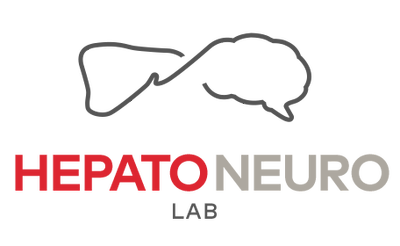Introduction: Muscle mass functions as an alternative site of ammonia detoxification in patients with cirrhosis. In this study we aimed to investigate if sarcopenia, myosteatosis, and obesity are associated with hyperammonemia and hepatic encephalopathy (HE) in patients with cirrhosis. Methods: A total of 204 cirrhotic patients were studied. Muscularity assessment was analyzed using CT scans at the level of the 3rd lumbar vertebral body. Sarcopenia was defined using the skeletal muscle index and myosteatosis according to the muscle attenuation index. Overweight-obesity was defined as a body mass index ≥25 kg/m2. Sarcopenic-obesity was defined as concomitant sarcopenia and overweight-obesity. HE was evaluated clinically (West-Heaven criteria) and defined as absent in patients not using specific treatment (i.e. lactulose, rifaximin) and with no prior episodes of HE in the preceding year. Ammonia blood levels were also performed (nl. 0-35 μmol/L) at the time of the muscularity assessment. Results: Mean age was 56±1 years and 141 were males (69%). Sarcopenia was noted in 96 patients (47%), 137 had myosteatosis (67%), 136 were overweight-obese (67%), and 53 (28%) had sarcopenic-obesity. Patients with sarcopenia (87±6 vs. 61±4 μmol/L, P < 0.001), and sarcopenic-obesity (95±9 vs. 40±3 μmol/L, P < 0.001) had higher levels of ammonia. Levels of ammonia were not different among patients with myosteatosis (77±5 vs. 67±5 μmol/L, P=0.2), and overweight-obesity (76±5 vs. 67±5 μmol/L, P=0.2). Patients with sarcopenia (84 vs. 63%, P=0.001) and sarcopenic-obesity (93 vs. 65%, P < 0.001) had higher frequency of hyperammonemia. Patients with myosteatosis had a trend (P=0.06), and overweight-obesity was not associated with hyperammonemia (P=0.1). Lastly, patients with sarcopenia (42 vs. 26%, P < 0.001), and sarcopenic obesity (47 vs. 30%, P < 0.001) had higher frequency of HE. Sarcopenia and sarcopenic-obesity increased the risk of hyperammonemia (OR 3.2, P=0.001, and OR 7.0, P < 0.001). Also, sarcopenia and sarcopenic-obesity increased the risk of HE (OR 2.0, P < 0.001, and OR 2.1, P < 0.001). Conclusion: Cirrhotic patients with sarcopenia and sarcopenic-obesity have higher ammonia levels and risk for HE. Muscle mass plays a protective role for hyperammonemia and therapeutic strategies to avoid muscle depletion might decrease the risk of HE in cirrhosis.

